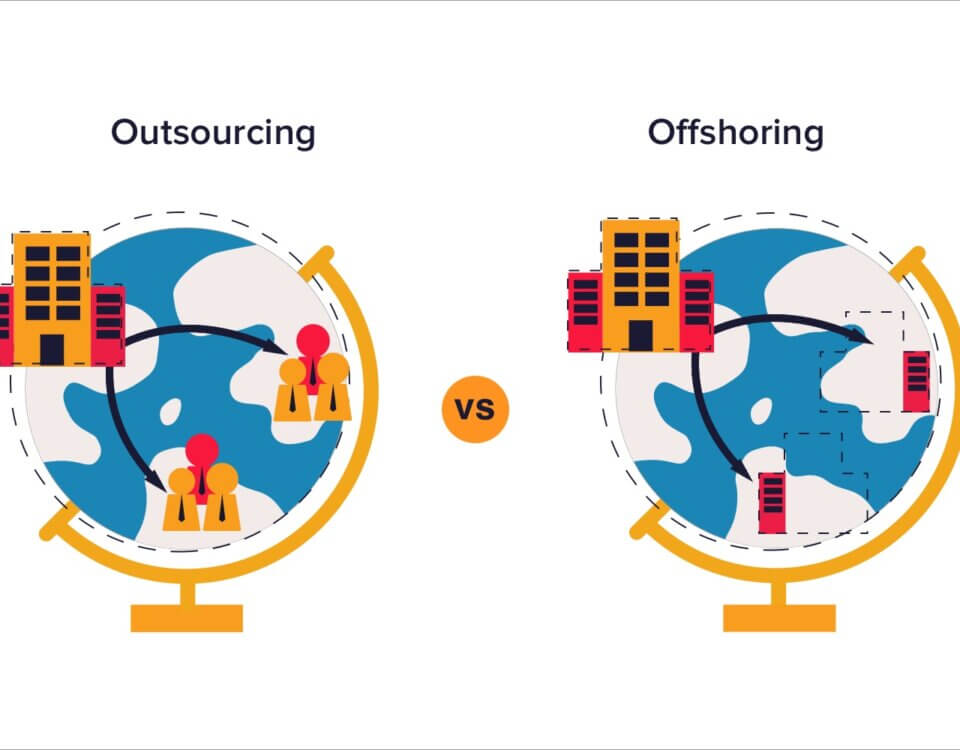
Agile Methodology: Stages of Agile Software Development Cycle Explained
October 20, 2020
Outdated Legacy Systems: 8 Considerations for Legacy System Modernization
November 3, 202012 Tips to Ensure your Mobile App Idea is a Success
The number of people around the world using mobile apps and the time they spend on their phones are windows of opportunity for mobile app developers. With the existence of many good mobile apps on application stores, there has been a boost in mobile app downloads as well as an increasing rate of mobile apps being uninstalled every day, especially during the pandemic. Hence, it is not only important that your mobile app has a good start, but you should also be able to maintain customer retention so that your app will not end up getting deleted. There are many strategies to consider in building your mobile app, including which trending ideas to follow.
Here are some points to practice so that your mobile app comes out as a success:
1. Pick your target market
You must decide who are the people you want to impress. Granted, there are more than just billions of mobile app users you can cater to, so you should narrow down which sample of the population you think best would accommodate and take interest in your mobile app. With this target audience in mind, you can now plan the most appropriate approach so that the mobile app is accessible and interesting to them.
2. Familiarize yourself with competitors
Take into consideration the largest demographic correlated to certain practices and behavior online, hours spent on phones, existing mobile apps on the market that are being downloaded, and the social atmosphere that you can use to your advantage. Evaluating other similar apps will help you measure the performance of your own.
3. Ink your objectives
In consolidating the purpose of your mobile app, be mindful of the consequent features that you will be developing later on. To enhance user experience (UX), broad market research, and keenness to detail should not be neglected.
In developing strategies to attract your target market, you should be well-versed in the patterns of their preferences and the trends of their online presence. Market research is very important when you have already decided on the people your mobile app is focusing on. There are various needs and wants within certain sectors of the population. Find out which is the most urgent and which has the highest likelihood of acceptance.
4. Subscribe to the appropriate technology
It is also critical that you choose which platform is best to deliver to your audience and objectives. If you want to focus on optimizing user satisfaction, you can stick to creating a native app that is platform-specific to iOS or Android. If you prefer to open your app to other devices at minimal cost, you can choose a cross-platform native app. The best advice is to pick a flexible platform, which is the most available to your target market.
If you want to open up to more users, you can include a translating option for your app.
5. Map out the features of your mobile app
The mobile app should not give the user information overload, so the features of your mobile app should be simple and clear to the user. This rides a lot on the design, hence, make sure that your mobile app’s purpose is showcased clearly through the user interface (UI). It is also useful to have a wireframe made for your app, for easier planning.
Attracting a user to download your app is not enough to label your endeavor as a success. Users will be easily bored if there is not much interaction on the mobile app that engages them.
6. Join an experienced team
Teaming up with mobile app developers to help you flesh out your design is insightful in the development and testing of your mobile app. It will also reduce further costs and will save you more time in making sure that your output meets expectations. While a lot of effort is invested in the mapping out of the features of the mobile app, the same should be done for its development, testing, and maintenance. Plus, if your team truly understands the purpose of the mobile app, they can also foresee potential risks in its launch.
7. Engineer maneuverability
Ease navigation so that all options are available to the user and are logically placed within the screen and accessible. The functions of icons must be reflected through their appearance. Add labels or pop-up captions to explain how they may enhance the use of the mobile app. Include the option to rotate the screen so the user can maneuver throughout the app in comfort. Utilize visual markers to update the user on the status of completion in case of on-going. Options on whether the user would agree or disagree with the said process are helpful, especially if it would take more than five seconds. An option to exit or cancel should be made available to the user.
8. Promote your mobile app
Before launching your mobile app into online stores, you could make use of advertisements through social media and create a landing page of your mobile app on your website. The proper search engine optimization (SEO) and search engine marketing (SEM) should be observed through content marketing if you want your mobile app to be more noticed. The same is applicable in app stores using App Store Optimization (ASO).
Your mobile app could also engage the user to rate the app or share it with their friends. If you want to further boost your mobile app’s performance in the market, you could also consider hiring a consultant to update and advise you on the movement in the industry.
If you are planning to monetize your mobile app, you may check out our other article on Top 10 Mobile App Monetization Strategies.
9. Keep the app in shape
Feedback on user experience is critical for the success of the mobile app. Not only should you sustain your app’s performance after launching, but you should consistently find ways to upgrade the app and fix its bugs. No doubt, a user will uninstall a mobile app from their phone if it does not satisfy their experience, meaning if it is slow and encounters more than one error.
Moreover, it is best to cement customer care. The users should feel that their inquiries are being responded to and that their concerns are being addressed. Avenues for customer service should be present in the app, app store, or website.
10. Connect with third-party integrations
If it serves the purpose of your mobile app, you can also link up with third-party application programming interface (API) integrations. These could bring ease to users if they are offered additional features that they feel more familiar with. Just make sure that these boost the functions of your mobile app.
11. Manage app and user data
If the user is aware that their data is kept private and only retained within the app, they will feel more secure in the continuous use of the mobile app.
While offering ease in data accessibility to the user, you should also improve mobile app security to keep data safe across networks, clouds, and devices.
App analytic tools are beneficial in providing you information on the use of mobile apps.
12. Maintain functions offline
Accessibility to the internet augments the mobile app’s functions. Even so, it is also helpful for the components and features of the mobile app to be available offline.
Conclusion
Mobile apps have made a lot of features and functions more accessible and engaging for its users. In the following years, patterns in mobile app usage are sure to change and this all depends on how mobile app developers are quickly responding to the needs of customers. Due to this, the mobile app industry has been very competitive and fast-paced.
Creating and maintaining strategies for the success of the launching and continuous use of your mobile app is challenging. Bear in mind that there is not just one way to keep your mobile app afloat and noticed in the industry.




